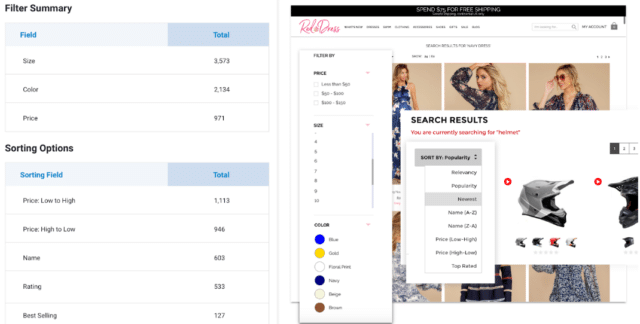Merchandising is key to differentiating your brand from the competition and delivering exceptional ecommerce experiences.
In this webinar, Ashley Hilton, Product Manager at Searchspring; and Mikal Lewis, The Product Coach, outline actionable tips on how to:
- Translate your business value proposition into a story that creates customer pull
- Leverage your site data and audience insights to drive conversions
- Bundle and unbundle products to solve customer problems across multiple touchpoints
- Analyze and iterate your approach to continually identify further opportunities for optimization

What you’ll learn in this webinar
You wouldn’t dream of opening a brick-and-mortar store without a merchandising strategy. Why should your ecommerce site be any different?
Effective merchandising can generate faster conversions, increased average order value, and happier customers who come back for more. In this webinar, you’ll learn how the experts merchandise industry-leading online stores, and how you can start implementing their best practices on your ecommerce site today.




